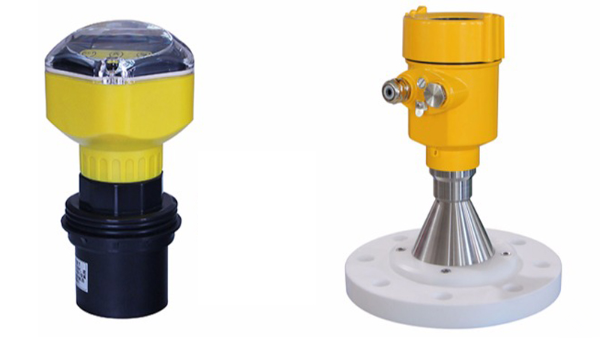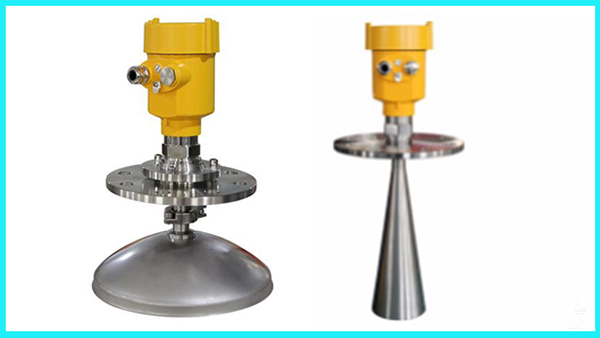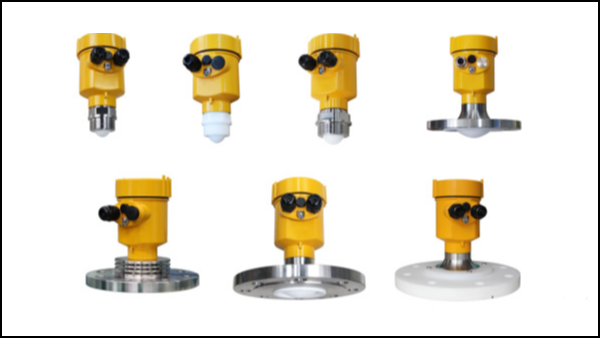Ultrasonic level meters and radar level meters have both been developed based on the time travel method. There are many similarities between these two types of level meters, but the differences between the two are also obvious. The biggest disadvantage of ultrasonic level meters is that they are not suitable for measurements at high temperatures and pressures and in vacuum situations, which to a certain extent limits the development of ultrasonic level meters.

The microwave emitted by the radar level meter is suitable for high temperature, high pressure, and volatile appearances, but when the relative dielectric constant of the measured medium is low, there are difficulties in measurement, which is the shortcoming of the radar level meter. However, there are two types of radar level meters: non-contact and guided waves. When the dielectric constant is low, non-contact radar level measurement can be greatly affected.
However, if a guided wave radar level meter is used instead, the measurement accuracy can be greatly improved. The microwaves emitted by a guided wave radar level meter propagate through the detection assembly, which reduces the attenuation of the microwaves to a certain extent and enhances the return signal.
For example, a double-swept guided-wave radar level meter can measure any medium with a dielectric constant ≥ 1.6.

If a guided wave radar level meter measures a viscous medium, it is prone to breakage, a problem that does not exist at all with non-contact radar level meters. Therefore, the non-contact radar level meter and the guided wave radar level meter are complementary in existence, which is the most obvious advantage when compared with the ultrasonic level meter.
After comparing the ultrasonic level meter with the radar level meter, let’s look at the servo level meter with the radar level meter. Servo level meters are based on the principle of buoyancy balance, where a micro-servo motor drives the float and measures the level of the liquid.
This method of measurement is highly accurate and resistant to high temperatures and pressures, but its shortcoming is that it is awkward to install and is greatly influenced by density. When the density of the process medium changes, the accuracy of the measurement is affected. Radar level meters have no moving parts and are easy to install and less difficult to maintain.
At the same time, the radar level meter has a wide range of antennas, materials, connections, and explosion-proof approvals, which to a certain extent can meet a wide range of working conditions. For example, in oil refineries, where explosion-proof requirements are high, the radar level meter can be selected as an explosion-proof type. The measured medium is highly corrosive, and certain components can be made of PTFE.

With the development of technology, radar level meter has gradually occupied a dominant position in the liquid level measurement industry. It is believed that in the future, it will enter more fields and play a greater role.
